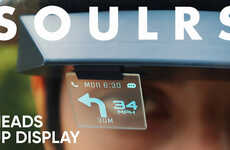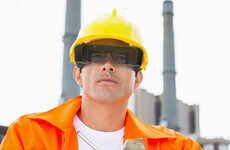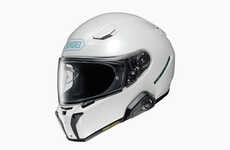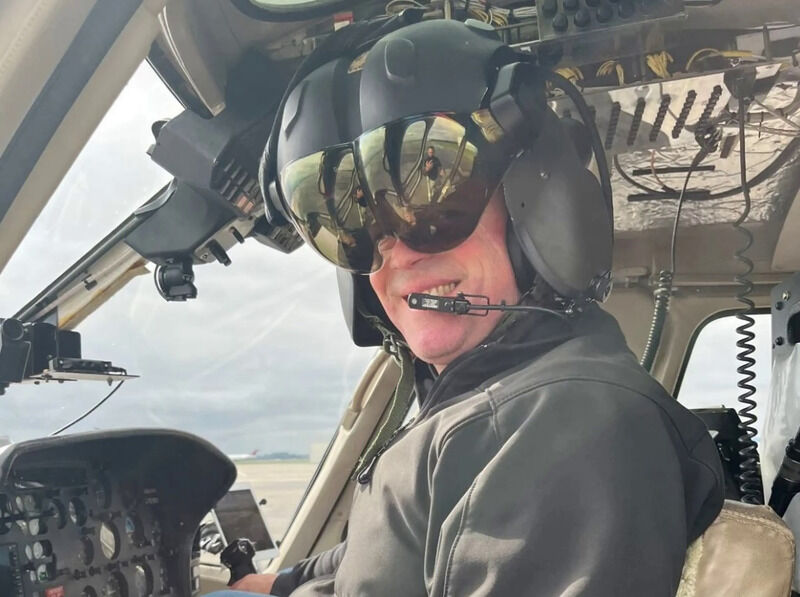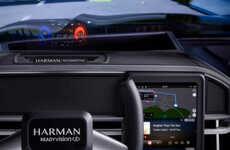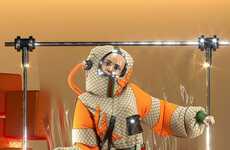
This Display Gives Helicopter Pilots a Tactical Advantage
Rahul Kalvapalle — April 6, 2023 — Tech
References: elbitamerica & rocketcitynow
The 'X-Sight Helmet Display' is a high-tech augmented display that is designed to help helicopter pilots in the tactical arena by offering advantages such as enhanced 360-degree vision and access to a range of other technologies.
Developed by Elbit America, the 'X-Sight Helmet Display' is able to pull in data from externally mounted cameras, sensors, radar detectors, neural networks and other technologies. Helicopter pilots can take advantage of 360-degree vision as well as the ability to see through rain, snow and sand, offering them an advantage in terms of safety and battlefield maneuvers.
"The system can receive data from LiDAR, RADAR, and other sensors aboard a helicopter’s payload," said Matthew Boyer, Artificial Intelligence Engineering Manager at Elbit America. "Our goal is to seamlessly fuse these elements to provide as much information as possible to a pilot, while reducing their workload."
Image Credit: Elbit America
Developed by Elbit America, the 'X-Sight Helmet Display' is able to pull in data from externally mounted cameras, sensors, radar detectors, neural networks and other technologies. Helicopter pilots can take advantage of 360-degree vision as well as the ability to see through rain, snow and sand, offering them an advantage in terms of safety and battlefield maneuvers.
"The system can receive data from LiDAR, RADAR, and other sensors aboard a helicopter’s payload," said Matthew Boyer, Artificial Intelligence Engineering Manager at Elbit America. "Our goal is to seamlessly fuse these elements to provide as much information as possible to a pilot, while reducing their workload."
Image Credit: Elbit America
Trend Themes
1. Augmented Display Technology for Aviation - Developing advanced augmented display technology for use in aircrafts can give pilots a tactical advantage, enhance safety, and reduce their workload.
2. Integration of Sensors and Neural Networks Into Aircraft Systems - Integrating sensors, radar detectors, neural networks, and other technologies into aircraft systems can improve their efficiency, provide real-time information, and heighten situational awareness.
3. Advancement in Vision Technologies for Aviation - Advancements in vision technologies such as 360-degree vision and ability to see through obstacles like rain, snow, and sand can enhance safety, reduce workload, and improve battlefield maneuvers for military pilots.
Industry Implications
1. Aerospace and Defense - This technology can benefit the aerospace and defense industry by improving situational awareness of military pilots, reducing workload, and enhancing safety.
2. Aviation - Integrating augmented display technology can enhance the safety, reduce the workload, and provide real-time information to pilots in the aviation industry, thus improving efficiency.
3. Navigation and Mapping - Augmented displays technology with sensors and neural networks can improve navigation and mapping for pilots and provide real-time information about their surroundings, weather, and terrain.
3.2
Score
Popularity
Activity
Freshness



